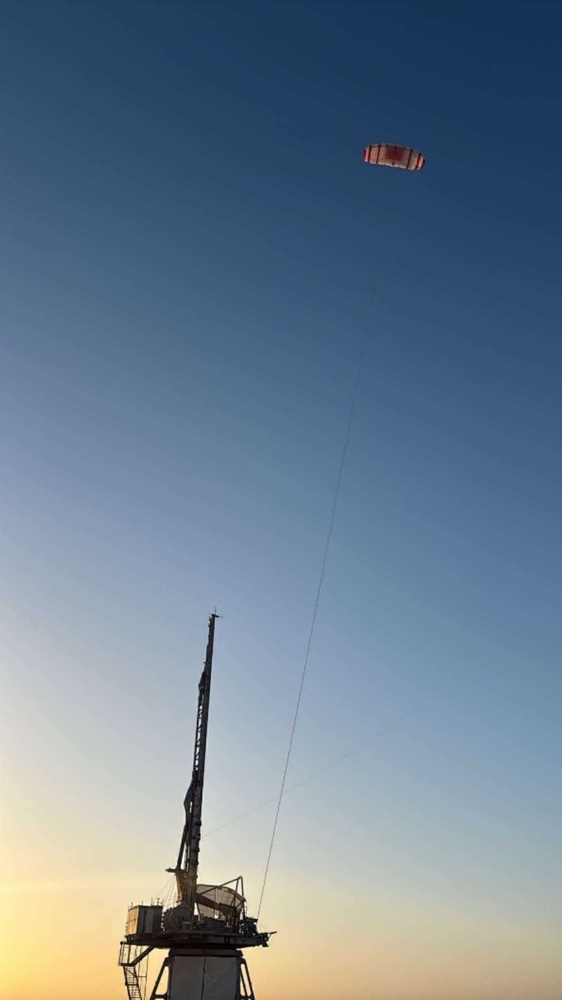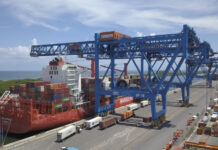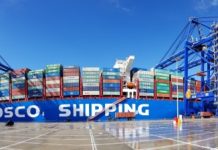
Kawasaki Kisen Kaisha (“K” Line) has completed the first phase of development for its Seawing automated kite system, designed to harness high-altitude wind power for ships. The milestone was achieved in June 2025 by OCEANICWING, “K” Line’s France-based subsidiary.
During phase one, engineers tested a 300 m² kite at a land site to verify the system’s tensile strength and performance. The results were confirmed as successful.
Development has now moved into phase two, which began in July. This stage will scale up the kite size and test the system’s strength, reliability, and safety on land before moving to sea trials. Offshore demonstrations are planned on a large “K” Line bulk carrier. The company expects the two-year program to confirm fuel savings of more than 10%.
To accelerate commercialization, OCEANICWING appointed Shingo Kameyama as CEO on August 1. Kameyama has already played a key role in Seawing’s development.
Unlike other wind-assisted propulsion systems, Seawing uses high-altitude winds to generate greater thrust. It can be installed on newbuilds or retrofitted to existing vessels. “K” Line sees it as complementary to the industry’s transition to cleaner fuels such as LNG.
“Phase one has been a success,” said “K” Line President and CEO Takenori Igarashi. “We will continue developing Seawing so it can be deployed on ships and become a practical solution for decarbonizing shipping.”
The project aligns with “K” Line’s Environmental Vision 2050, which focuses on cutting CO₂ emissions and advancing low-carbon shipping solutions.




